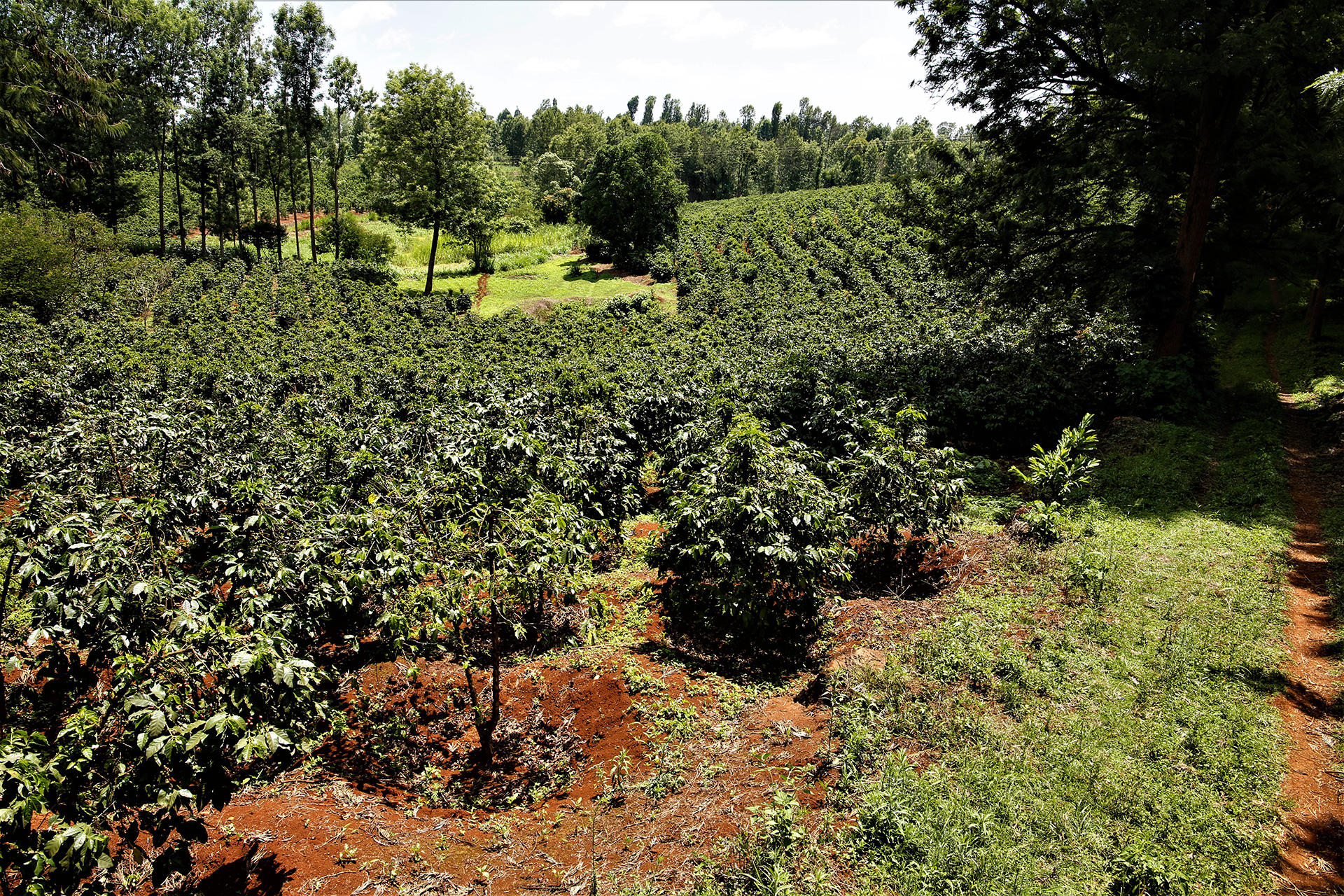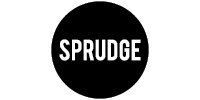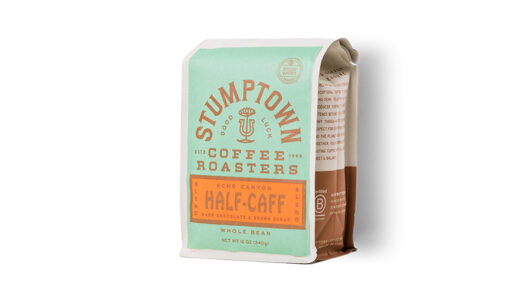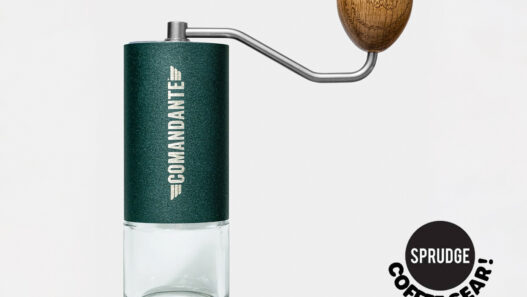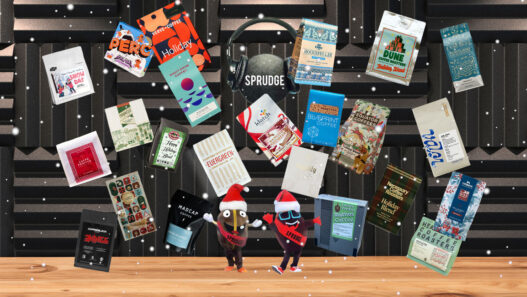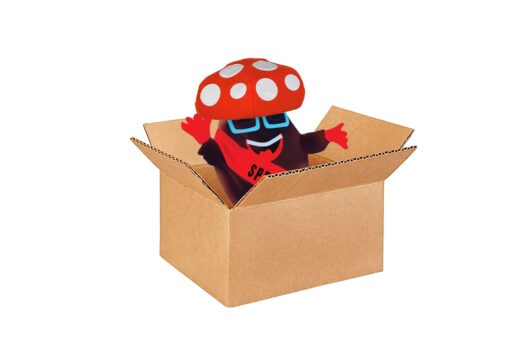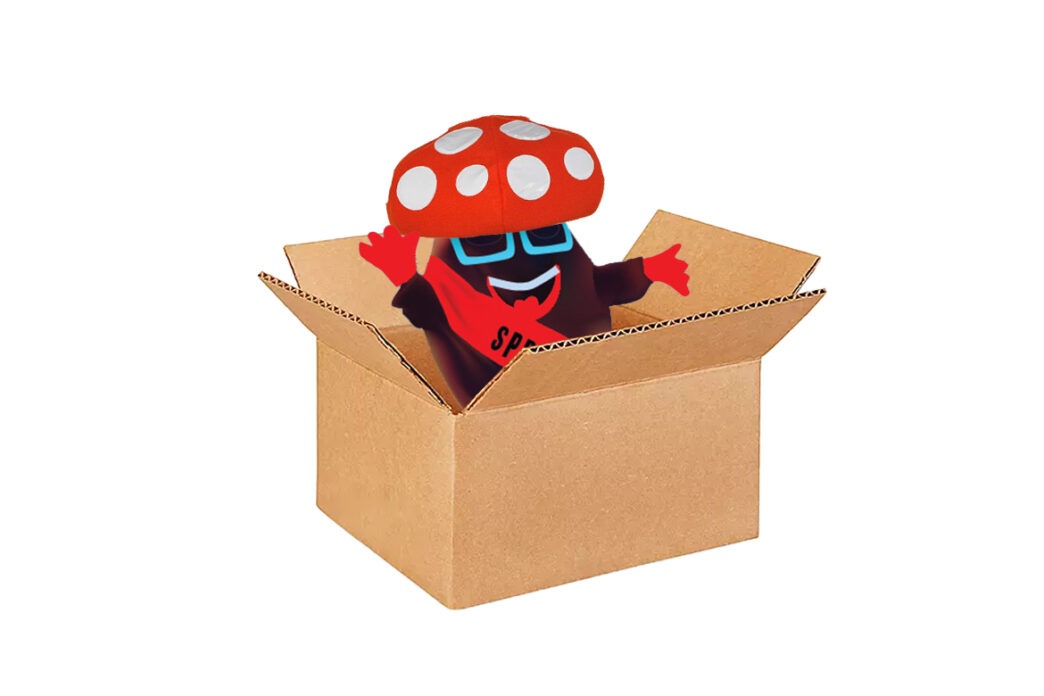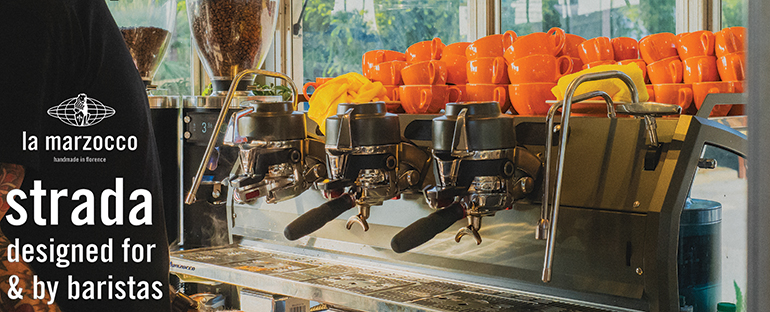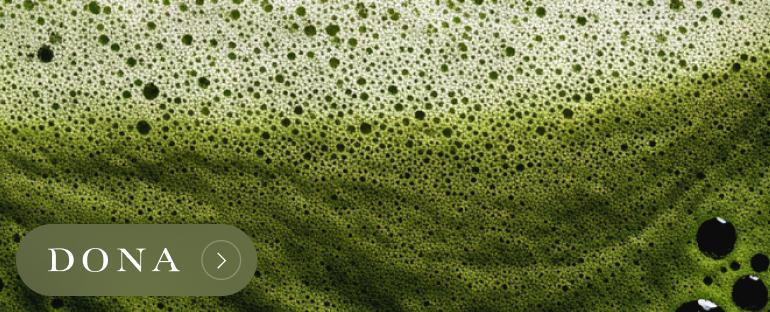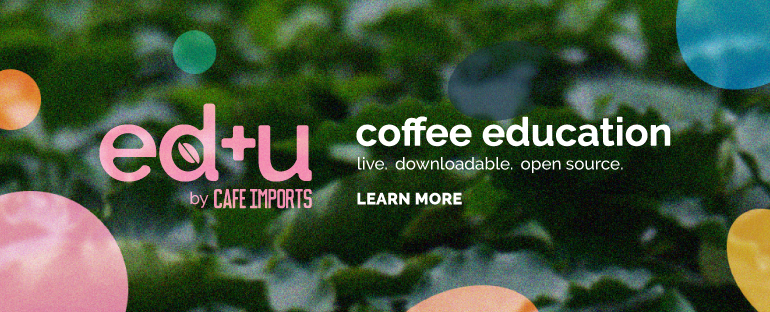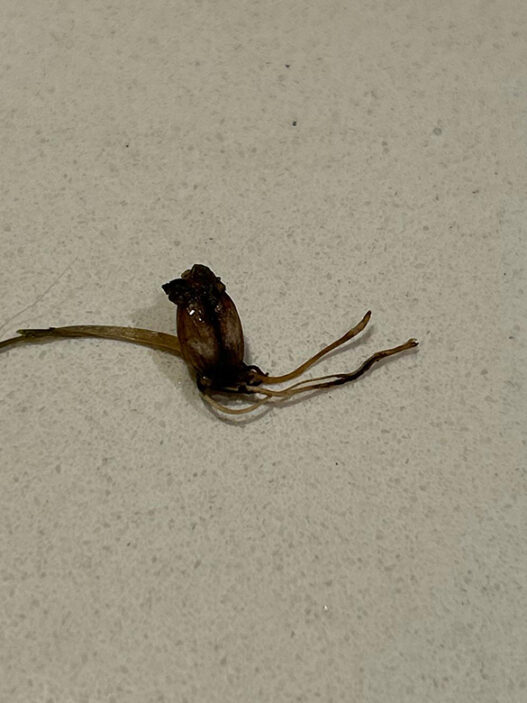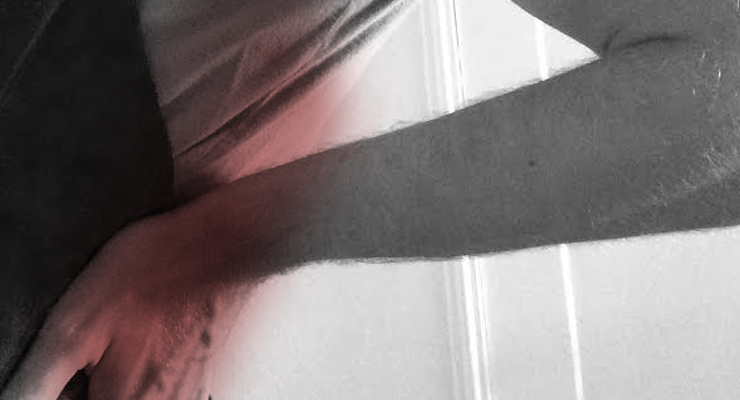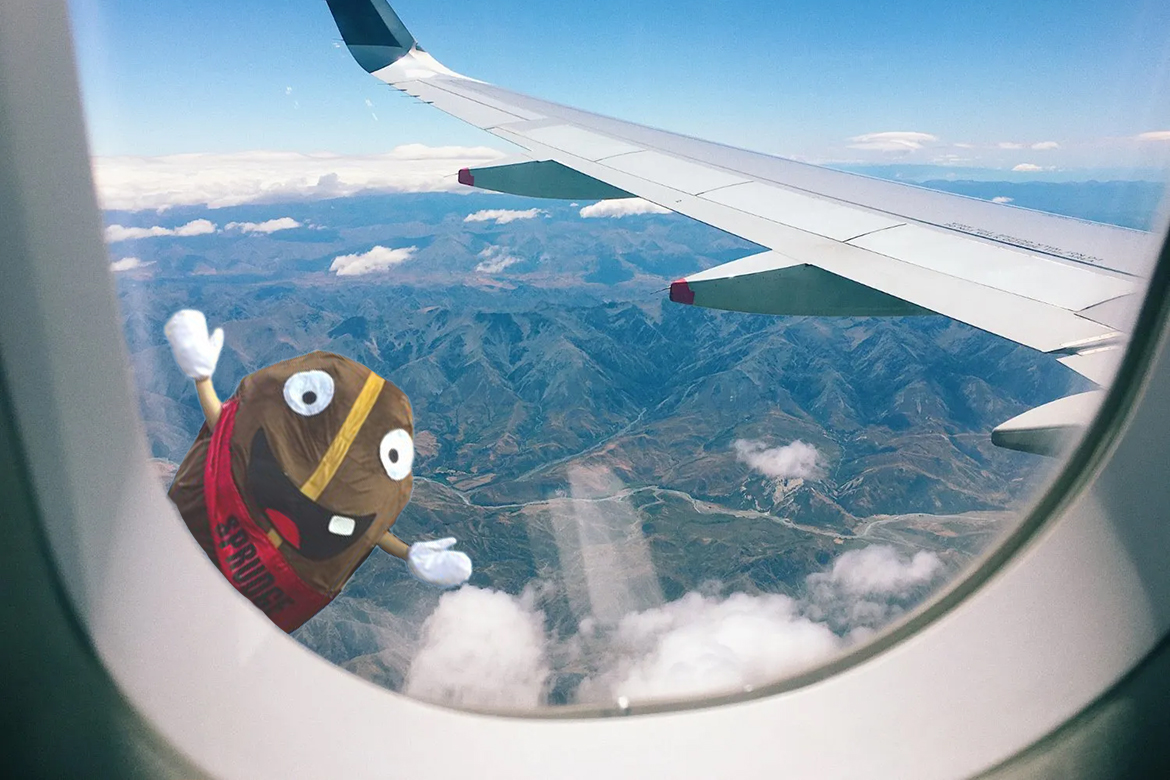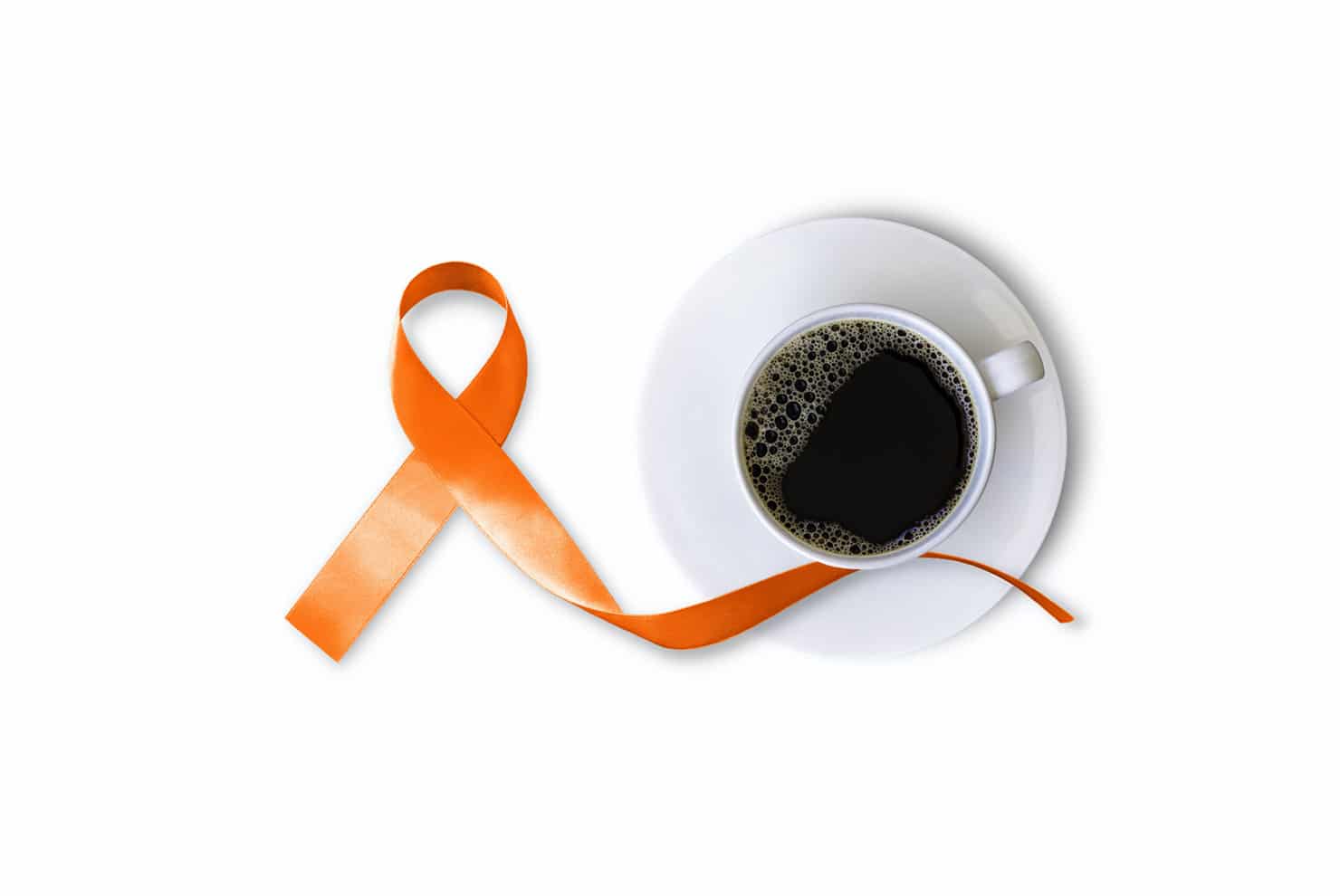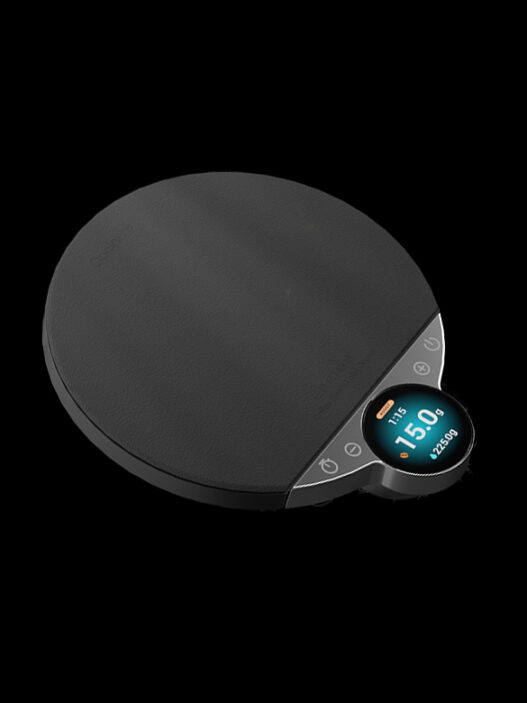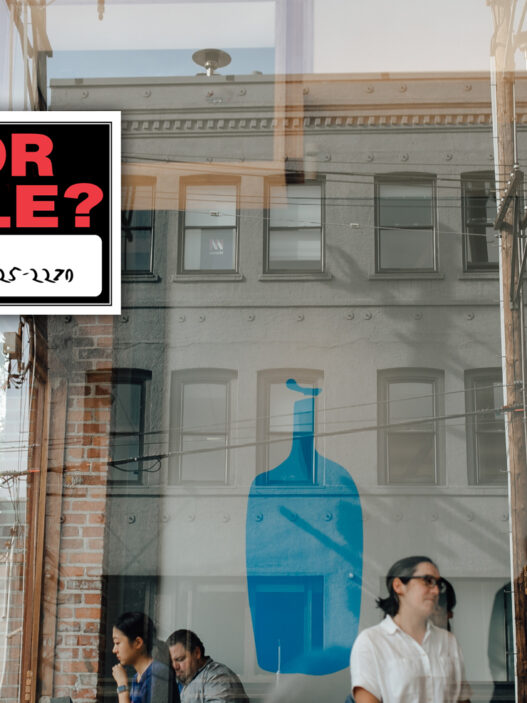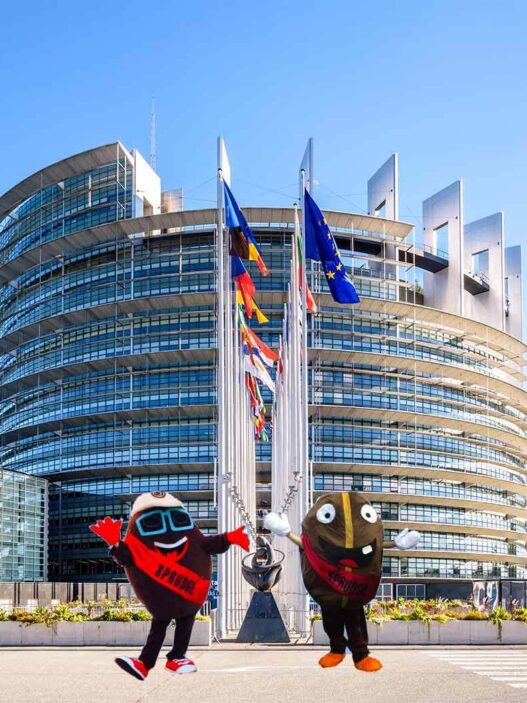One of the many wonders of the 21st century is that you can get pretty much anything delivered directly to your doorstep. Click a button on a computer screen and you can have a new espresso machine or a bottle of wine or just another roll of toilet paper if that’s where your current need resides. The downside, though, is all the waste that comes with transport, specifically those in the form of styrofoam and plastic. But now, researchers have found a way to mix coffee grounds and mushrooms to create a 3D printable and fully compostable substance that could offer an eco-friendly alternative to Styrofoam.
As reported by Tech Xplore, the new composite is the creation of Danli Luo, a doctoral student in human-centered design and engineering at the University of Washington, whose findings were recently published in the journal 3D Printing and Additive Manufacturing. For the substance, Luo combines nutrient-rich spent coffee grounds with brown rice flour, reishi mushroom spores, xantham gum, and water to create a “mycofluid” paste. The paste can then be utilized for 3D printing, using a custom-built printer head that Luo and team also made.
After printing the desired shape, the object is placed in a plastic tub for 10 days, where it becomes encased in a layer of mycelium, a tough, water-resistant and lightweight material that is formed before a fungus produces a mushroom. The piece is then left to dry for one day, halting the growth of any mushrooms. The resultant product is heavier than Styrofoam and is “as strong and tough as polystyrene and expanded polystyrene foam, the substance used to make Styrofoam.”
The mycofluid paste has other beneficial properties for 3D printing as well. It allows for more intricate designs to be printed in multiple pieces that, when combined together in the plastic tub, the mycelium growth would fuses the separate pieces into one single item.
But there are drawbacks. The extended creation time for instance could prove to be difficult. It only takes a few minutes to produce a piece of Styrofoam, so 11 days may be too impractical for mass adoption. And there’s an issue with scaling, due to the paste’s requirement of “relatively homogenized used coffee grounds.” To that end, Luo and team are exploring other recycled materials—like food waste—that may be suitable for making a similar paste.
Even so, it’s yet another promising lead on a more sustainable future, thanks once again to coffee.
Zac Cadwalader is the managing editor at Sprudge Media Network and a staff writer based in Dallas. Read more Zac Cadwalader on Sprudge.

